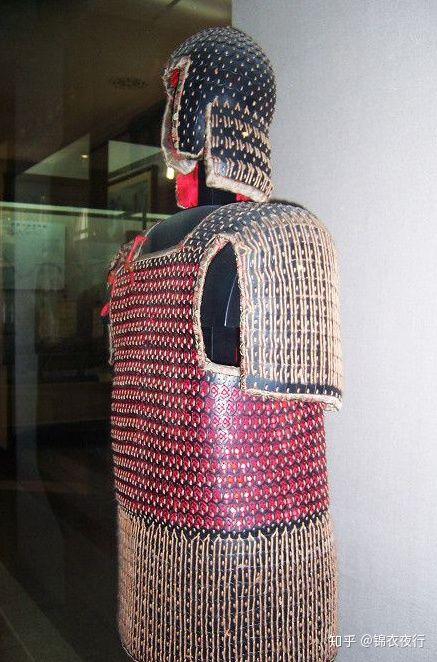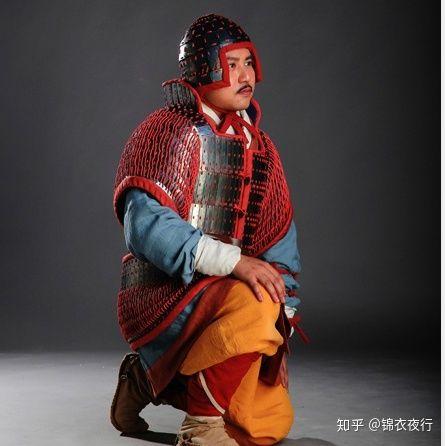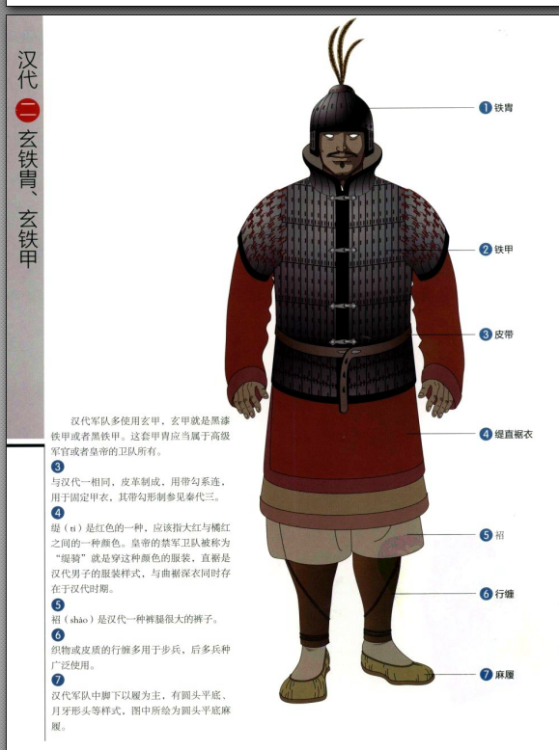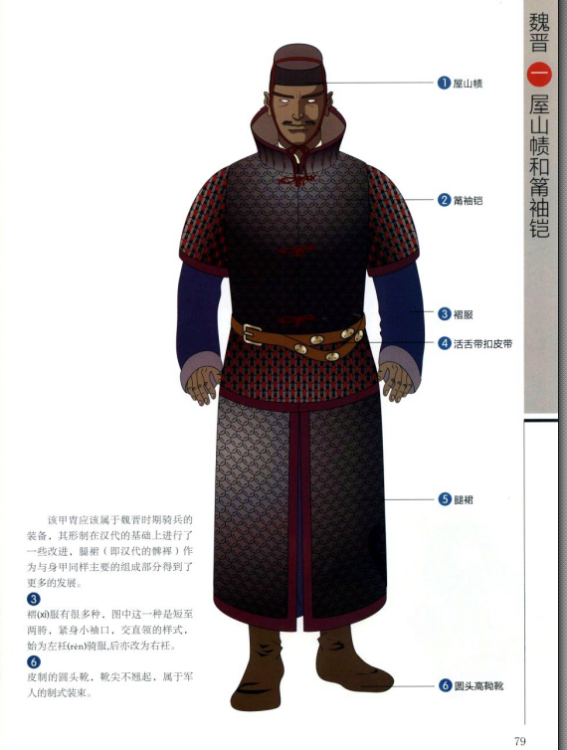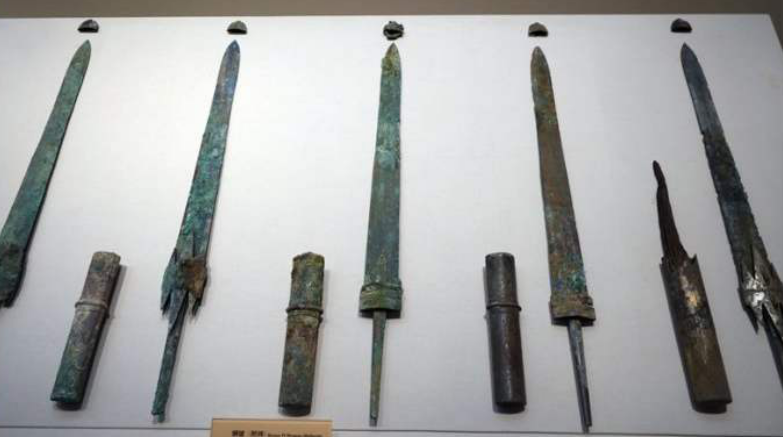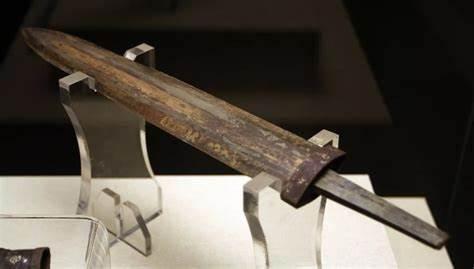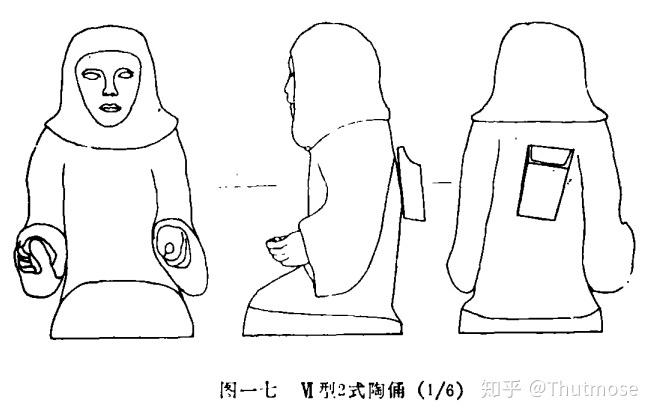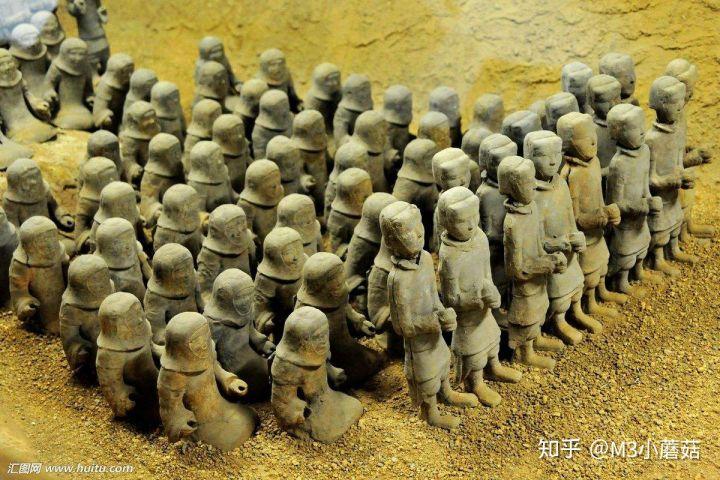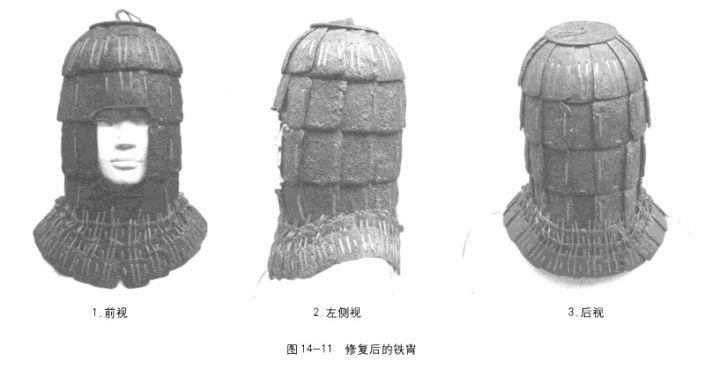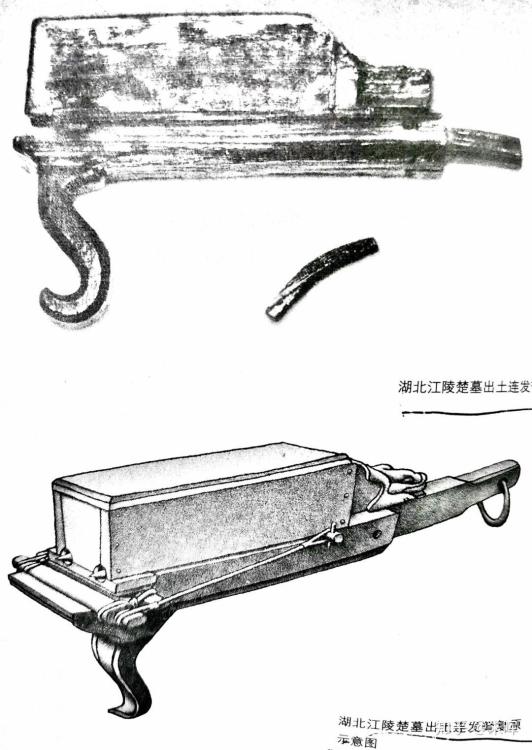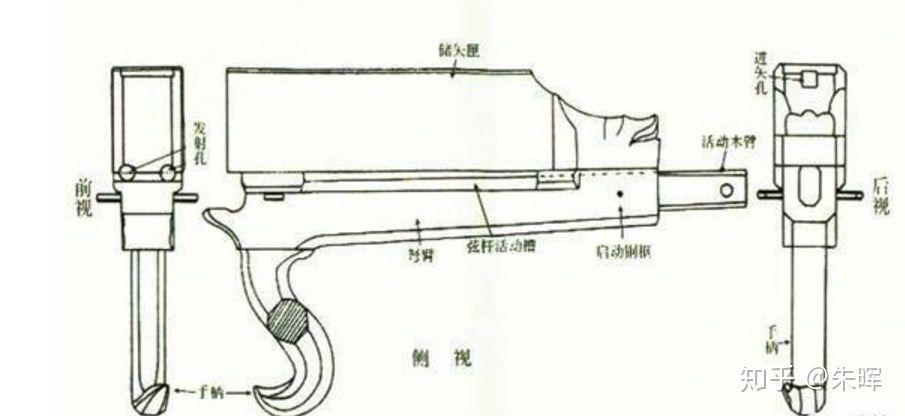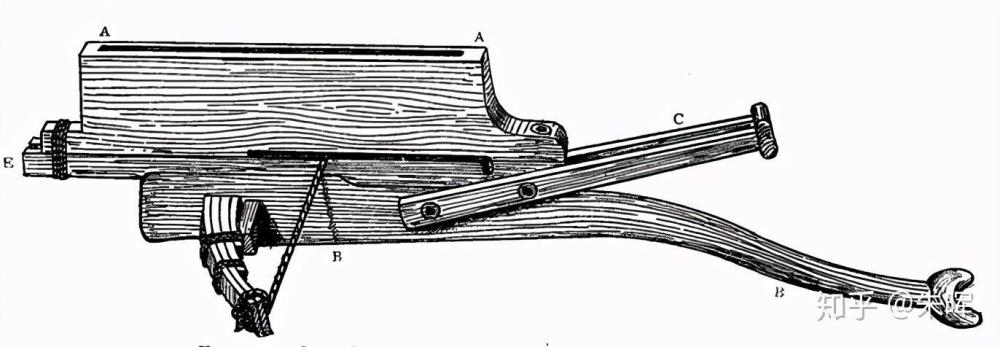-
Posts
937 -
Joined
-
Last visited
-
Days Won
10
Everything posted by AIEND
-
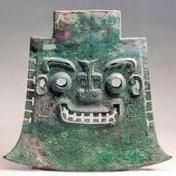
=[TASK]= Roman Cataphract Horse Armor (2nd Century)
AIEND replied to wowgetoffyourcellphone's topic in Art Development
But what about the javelin? The armor of the Han people is like this, it will not protect the legs. Later in the Three Kingdoms period, there were armor skirts to protect the thighs. -

=[TASK]= Roman Cataphract Horse Armor (2nd Century)
AIEND replied to wowgetoffyourcellphone's topic in Art Development
The Chinese use both Ji and shields, in fact, the Han people use more "Pi", which is similar to attaching a short sword to a long pole. -

=[TASK]= Roman Cataphract Horse Armor (2nd Century)
AIEND replied to wowgetoffyourcellphone's topic in Art Development
Why does sling have this effect? -

Resource regeneration
AIEND replied to MirceaKitsune's topic in Game Development & Technical Discussion
Sometimes the headache is some oasis maps, where trees and prey are concentrated around the lake - far from your initial location. Then you have to race against your opponent to build a civic center by the lake first, otherwise the opponent will build a civic center first, and then build a few towers on the border, and you will have a headache. The next more headache is that even if a civic center is established at the same time, you and the enemy become neighbors. Whether it is hunting or logging, your workers can always collide and fight together. This kind of map design that lacks buffer between players and enemies Makes me not like it. -
This means that a unit has two means of attack. Elephants and the soldiers above can attack different targets, it would be great if this was achieved so that there would be no need to give Indians war elephants that can only use bows and arrows.
-

Resource regeneration
AIEND replied to MirceaKitsune's topic in Game Development & Technical Discussion
Maps without trees are difficult to play. The main reason is that too much wood is consumed. Maybe the wood needed by soldiers should be reduced, and the wood should be mainly used for buildings and ships? -
Will the falcons increase the damage of these cavalry to the beasts?
-
I think it would be better to allow watchtowers and forts to be built on neutral land, and then players can build warehouses near watchtowers/fortresses to collect resources. The logic is that any economic activity must first be protected by garrison facilities. If the enemy comes, women or Soldiers can enter the watchtower/fortress for evasion.
-
Wait, I can't understand, how are birds going to scout the battlefield? Can they transmit the information they see to the breeder in human language? If not, then even if they fly over the entire battlefield, they will not be able to tell humans anything. We have no way of knowing what they saw, where they went, birds were used in ancient times, either pigeons were used to carry letters, or eagles were used to capture prey like dogs, but reconnaissance? It can't be done.
-

Authentic healing icons reskin.
AIEND replied to Akira Kurosawa's topic in Game Development & Technical Discussion
Herbs are good because that's what all ancient peoples used and didn't have too strong a religious/regional identity. -
The Han people do not judge the status of the soldier by the cost of weapons/armor, because the weapons are provided by the state. It depends on the difficulty of mastering the weapon, that is, the level of martial arts, mastering the spear/Ji is more difficult than mastering the sword, so the soldiers who use the spear/Ji should appear later. Mastering the bow is more difficult than mastering the crossbow, so the archer should appear later than the crossbowman (not absolutely, it depends on the pull of the bow and the crossbow, the soft bow is easier to master than the strong crossbow). Using a sword and shield on a horse is more difficult than using a bow or spear/halberd with both hands off the reins, so mounted archers and lancers appeared later than sword cavalry.
- 1 reply
-
- 1
-

-

=[TASK]= Roman Cataphract Horse Armor (2nd Century)
AIEND replied to wowgetoffyourcellphone's topic in Art Development
I've often wondered why the Roman armor protected the lower legs and forearms, but left the thighs and upper arms exposed? You must know that there are quite a lot of large arteries in the thigh. When the Chinese make armor, they always give priority to protecting the upper arm/shoulder and thigh, while the forearm and calf protectors are dispensable. -
In fact, the paint peeled sculptures cannot distinguish the folds and armor by color, and this problem also occurs on some cavalry and infantry sculptures.
-
The more problem lies in the shooting action of the ordinary crossbowman. The crossbowman needs to bend down and step on the crossbow arm to pull the string, and then get up and shoot the arrow. Is that the case at present?
-
I mean, you don't have to make a 3D model, you don't need a soldier to hold it. You just need to give it as an attribute to Han Diaolou and Fortresses, Civic Centers, Warships. Because the crossbowmen of the Han Dynasty did not use repeating crossbows. The repeated crossbow of the Han Dynasty is a large-scale weapon with great pulling force. Soldiers only use it on some fixed facilities. This is why we call this type of weapon a bed crossbow, because it is placed in a bed like a bed where there are no wheels.
-
In the early days of the Han Dynasty, this helmet with only the eyes, mouth and nose exposed would be used. Judging from the terracotta warriors of the Han Dynasty, it may be the most equipped helmet. This is the Qin Dynasty helmet still in use in the Han Dynasty, they may be different in the shape of the iron pieces, but the general design is the same, and, they are all iron, the Qin Dynasty only has leather and iron helmets, no bronze Yes, bronze armor was eliminated by China a long time ago.
-
I suggest that you give the winch repeating crossbow to the Han Dynasty as a technology or faction feature to improve the firepower of the city defense, so that you don't have to study the Han Dynasty repeating crossbow that actually has no reference object.
-
The problem is that this kind of crossbow from Chu State was not unearthed in the Han Dynasty. As far as written records are concerned, the Han Dynasty people used a much larger repeated crossbow than this, and they used winches. That is to say, the Han Dynasty continuous crossbow is largely the winch crossbow that I suggested you to cancel (used to defend the city instead of attacking the city).
-
Goguryeo armor and Han Dynasty armor are relatives, because Goguryeo armor is largely dependent on the craftsmen on the Han Dynasty land they occupied, so many times we will refer to them when restoring Han Dynasty armor.
-

task [Task] Han Equipement (Armor, weapons, tools)
AIEND replied to Lion.Kanzen's topic in Official tasks
Requires towed trebuchet, battering ram and siege tower. For these siege weapons, we can only refer to the pictures from the Song Dynasty and later. I have not found any unearthed objects or pictures from the Han Dynasty. -
The armor skirt covering the thigh is wrong, and the protective gear on the forearm and calf is also wrong. The characteristic of Chinese armor is to try not to increase the load on the calf and forearm, which leads to a decrease in endurance. Because we thought shields and spears would protect those parts. This is the first repeating crossbow
-
In fact, this soldier model is not in line with historical facts, it is just a "cool" thing that some manufacturers have come up with to sell for money.
-
This kind of repeating crossbow is more like a scorpion crossbow than an ordinary individual weapon, so except for a few generals, such as Li Guang, soldiers will not be equipped with it, because they have a lot of pulling force, and ordinary people can't pull it away. If the repeating crossbow in your mind is this kind of weapon, it only appeared in the Ming Dynasty.
-
Are you talking about Goguryeo or North Korea? The former uses Chinese armor.
-


